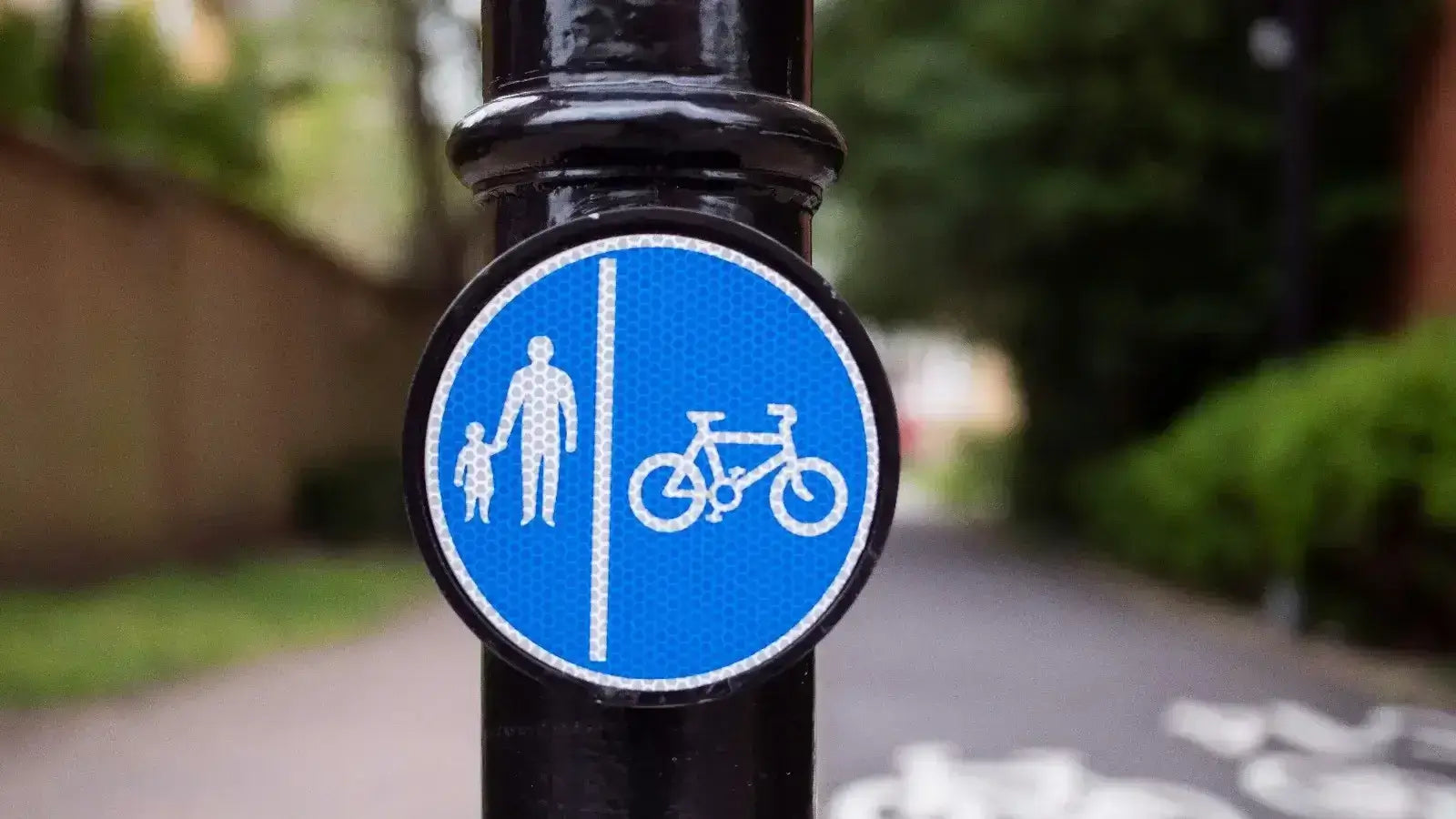
Best Value E-Bike for Ebike Trail and Town Adventures
You want one e-bike that can do everything. It needs to work for your daily commute and grocery trips, but it also has to be great for weekend rides on scenic ebike trails. The problem isn't finding a bike for city streets or one for trails. It's finding one affordable e-bike that works well for both without big problems.
This means you need to understand the key trade-offs. This guide will help you cut through the marketing hype, find real value, and pick the perfect hybrid e-bike for your actual needs.
Town vs. Trail Trade-offs
No perfect "do-it-all" e-bike exists at a good price. The goal is finding the best balance for how you'll mostly use it. A bike made for smooth city streets has different needs than one built for rough ebike trail surfaces.
Getting these conflicting needs is the first step to making a smart choice. It shows you why every all-around bike involves compromises and helps you pick the bike with the right compromises for you.
Here's a breakdown of the key differences and the hybrid goal:
| Feature | Ideal for Town Use | Ideal for Trail Use | The "Best Value" Hybrid Goal |
|---|---|---|---|
| Suspension | Minimal or front-only (for potholes) | Robust front suspension (80mm+ travel) | Quality front suspension with a lockout feature. |
| Tires | Smoother, narrower, efficient for pavement | Wider, with aggressive knobs for grip | All-terrain tires (2.4-3.0 inches) with versatile tread. |
| Frame Geometry | Upright, comfortable posture for visibility | More aggressive, forward-leaning for control | A neutral, slightly relaxed geometry for all-day comfort. |
| Motor Power | Smooth, predictable acceleration | High torque for climbing steep hills | A motor with a good balance of torque (60-85Nm) and smooth power. |
The next sections will help you decide where to spend your money based on how you plan to ride.
Scrutinizing Core Components
The spec sheet can feel overwhelming when you look at a hybrid e-bike. We'll break down the five most important parts and explain what really matters for a versatile, high-value machine that handles both city blocks and dirt paths.
The Motor: Torque and Power
The motor is your e-bike's heart. You'll see two main types: hub motors and mid-drive motors. Hub motors sit in the center of the front or rear wheel. They're common on value bikes and work great for town use. Mid-drive motors sit between the pedals and usually work better for trail riding because they're more efficient and transfer power directly, but they cost more.
For a versatile all-rounder, the most important number is torque, measured in Newton-meters (Nm). Torque gives you climbing power. While wattage affects your top speed on flat ground, torque decides how easily you can climb a steep ebike trail.
We suggest looking for a motor that provides between 60-85 Nm of torque. This sweet spot offers enough power for big hills without feeling too aggressive for city riding. As you'll see in in-depth analysis from experts at The Loam Wolf, trail performance almost always gets discussed in terms of torque.

The Battery: Range and Reliability
Your battery decides your freedom. Its capacity gets measured in Watt-hours (Wh). For a bike meant to handle a week of commuting and a weekend trail adventure, a capacity between 500Wh and 750Wh works best. This gives you a safety net against running out of power. As a general rule, a 600Wh battery will typically give you 30-60 miles of range, but this changes a lot with terrain, assist level, rider weight, and wind.
More importantly, look for batteries from trusted cell makers like Samsung, LG, or Panasonic. Make sure they have safety certifications, with UL 2849 being the gold standard for fire safety and reliability.
The Suspension: Comfort and Control
Any bike that will spend time on an ebike trail needs a front suspension fork. It absorbs impacts from rocks and roots, which not only makes the ride more comfortable but greatly increases your control and safety.
The key number here is travel, which is how far the fork can compress. For a hybrid bike, look for a fork with 80mm to 120mm of travel. This smooths out moderate trails without being too much or inefficient on pavement. The most valuable feature on a hybrid fork is a lockout. This switch makes the suspension rigid, stopping it from bouncing up and down while you pedal on smooth roads, which saves you energy.
The Tires: Your Ground Connection
Tires are one of the most important parts that define your bike's character. You want to avoid pure road slicks, which offer no grip on dirt, and overly aggressive, knobby mountain bike tires, which are slow, noisy, and inefficient on pavement. The solution is an "all-terrain" or "multi-surface" tire.
Look for these features:
- Width: Between 2.4 and 3.0 inches. This width gives you a great balance of cushioning for bumps and grip for loose surfaces, without creating too much rolling resistance on the street.
- Tread Pattern: The ideal tread has a smoother, faster-rolling center line with more pronounced knobs on the sides. This gives you efficiency when riding straight and confident grip when you lean into a corner on a trail.
- Puncture Protection: A built-in layer of puncture resistance is a huge value-add, saving you from frequent flat tires during your commute.
The Brakes: Your Safety System
E-bikes go faster and weigh more, so powerful brakes are essential. We insist on hydraulic disc brakes. While cheaper bikes may use mechanical disc brakes, hydraulic systems offer much better stopping power, better control, and consistent performance in all weather conditions, especially rain and mud. This is not a part to compromise on. As confirmed by rigorous testing by Wirecutter, hydraulic brakes are the clear winner for safety and performance on e-bikes.
Spotting True Value
A low price doesn't always equal good value. True value lies in a bike's long-term reliability, usability, and the hidden costs you avoid. Here's how to look beyond the spec sheet to find a bike that will serve you well for years.
Warranty and Customer Support
A great price becomes a huge headache if an important part fails and you have no support. A strong warranty shows a brand has confidence in its own product.
Look for companies that offer at least a two-year warranty on the frame and key electronic parts like the motor and battery. A responsive, accessible customer support team is just as important. A brand that is easy to reach and willing to help shows long-term value.

The Component "Ecosystem"
We once tested a budget e-bike that looked great on paper. But when a simple brake lever broke, we found out the part was proprietary and had a six-week wait time from overseas. The bike was unusable during that time. A bike with standard Tektro brakes would have been fixed the same day by any local bike shop. That's the difference between price and true value.
Avoid obscure, no-name brands with proprietary parts. Choose bikes that use components from well-known manufacturers like Shimano, SRAM, Tektro, or Bafang. This ensures that service is easy and parts are readily available.
Included Accessories
Accessories can add hundreds of dollars to the final cost of a bike if bought separately. A bike that includes them from the factory often represents much better value.
Look for these key value-adds:
- Integrated Lights: Essential for safety when commuting in the early morning or evening.
- Fenders/Mudguards: A must-have for riding in all weather without getting soaked by road or trail spray.
- A Sturdy Rear Rack: Invaluable for carrying groceries, a work bag, or gear for your trail adventure.
A 3-Step Selection Framework
With this knowledge, you can now apply it to your personal situation. This simple, three-step framework will help you move from information to a confident decision.
1. Assess Your 80/20 Ratio
Be honest with yourself about how you will really use the bike. Will you be riding 80% on paved town roads and 20% on a light ebike trail? Or is it a true 50/50 split?
This assessment is the most critical step.
- If mostly town (80/20): Focus on comfort features like an upright riding position, a step-through frame, and included accessories like a rack and fenders. A smoother, quieter motor may be better than a high-torque one.
- If a true hybrid (50/50 or more trail): Focus on performance components. This means looking for higher motor torque (75Nm+), a better quality suspension fork with more travel (100mm+), and more aggressive all-terrain tires.
2. Define Your "Best Value" Budget
"Value" does not mean "cheap." An e-bike is a vehicle, and quality safety components cost money.
For a reliable, safe, and durable e-bike that is truly capable in both town and on the trail, the sweet spot is typically between $1,500 and $2,800. Below this price point, you often see big compromises in battery safety, brake quality, and overall reliability. Above this range, you begin paying for specialized performance that moves away from the "best value" goal, as noted in reviews by major publications like Bicycling Magazine.
3. Use the Test Ride Checklist
If possible, test ride your top choices. Nothing replaces the feel of the bike.
When you do, run through this mental checklist:
- Comfort: Is the riding position natural? Do you feel any strain on your back, neck, or wrists?
- Power: How does the motor engage? Is the acceleration smooth and predictable, or is it jerky? Find a small hill and see how it assists you.
- Handling: Does the bike feel stable and balanced? Does it inspire confidence when you turn?
- Brakes: Do the brakes feel strong and easy to control? They should be able to stop you quickly and smoothly without grabbing.
E-Bike Classes and Trail Access
It's crucial to understand e-bike classifications, as this determines where you can legally ride, especially on an ebike trail. Laws vary by state, county, and even by specific trail system, so always check local regulations.
However, the three-class system is the most common standard in the U.S.
| Class | How it Assists | Max Assisted Speed | General Trail Access |
|---|---|---|---|
| Class 1 | Pedal-Assist Only | 20 mph | Most widely accepted on bike paths and MTB trails. |
| Class 2 | Pedal-Assist + Throttle | 20 mph | Often allowed where Class 1 is, but some trails restrict throttles. |
| Class 3 | Pedal-Assist Only | 28 mph | Primarily for on-road use; often restricted from multi-use paths and trails. |
For maximum versatility, a Class 1 or a Class 2 e-bike is your best bet. A Class 2 bike offers the convenience of a throttle for city starts, while a Class 1 bike grants you the widest possible access to trails.
FAQ
Q: What's the most important feature to look for in a best value ebike for town and trail?
A: The motor torque is crucial - look for 60-85 Nm. This gives you enough power for steep trails while remaining smooth for city riding. Good front suspension with a lockout feature is also essential for handling both environments effectively.
Q: How much should I budget for a reliable hybrid e-bike?
A: Plan to spend between $1,500 and $2,800 for a quality hybrid e-bike. Below this range, you'll often find compromises in safety components like brakes and battery quality. Above this range, you're paying for specialized features that don't add value for general use.
Q: What tire width works best for both town and ebike trail riding?
A: Look for tires between 2.4 and 3.0 inches wide with an all-terrain tread pattern. This width provides good cushioning and grip for trails while maintaining reasonable efficiency on pavement. Avoid pure road slicks or overly aggressive mountain bike tires.
Q: Can I ride a Class 2 e-bike on most ebike trails?
A: Class 2 e-bikes (with throttle) are often allowed where Class 1 bikes are permitted, but some trails restrict throttles. Class 1 e-bikes have the widest trail access. Always check local regulations before riding, as laws vary by location and trail system.
Q: Why are hydraulic disc brakes so important on hybrid e-bikes?
A: Hydraulic disc brakes provide superior stopping power, better control, and consistent performance in all weather conditions compared to mechanical brakes. Given the higher speeds and increased weight of e-bikes, especially when loaded with cargo, powerful brakes are essential for safety.



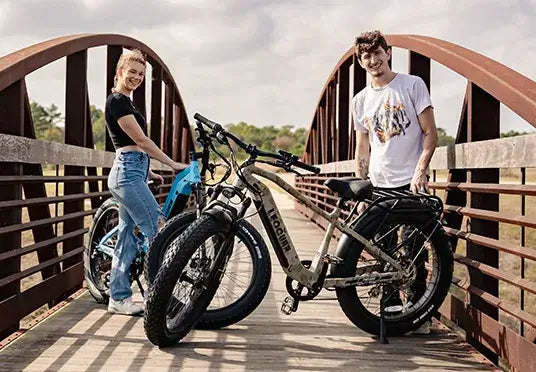
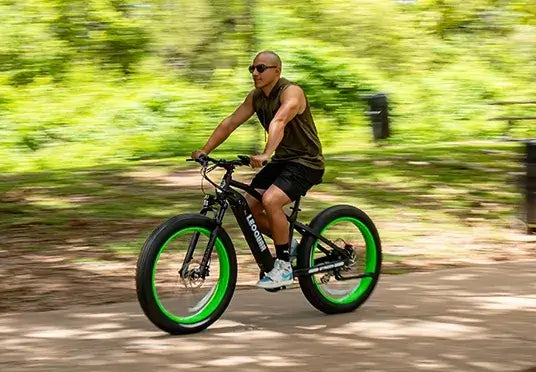
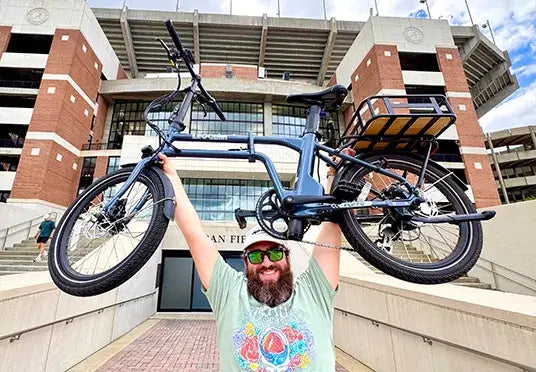
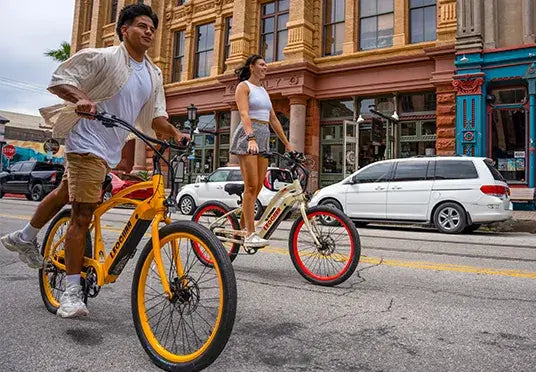
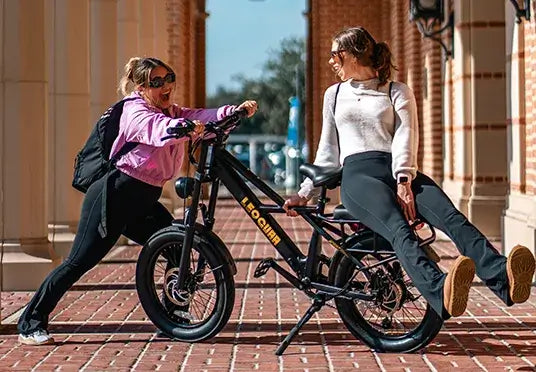
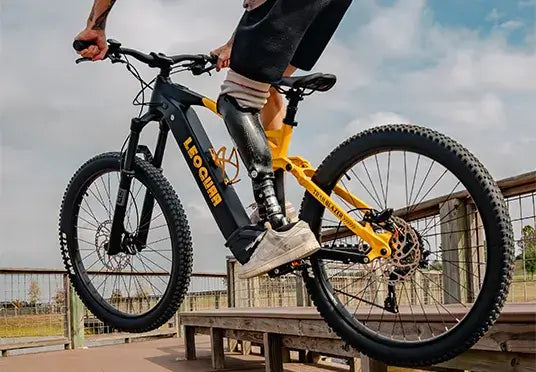
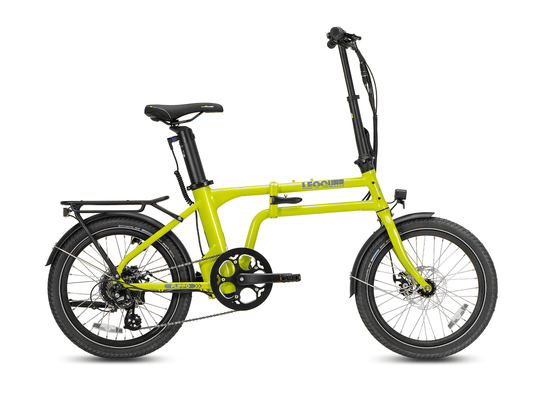
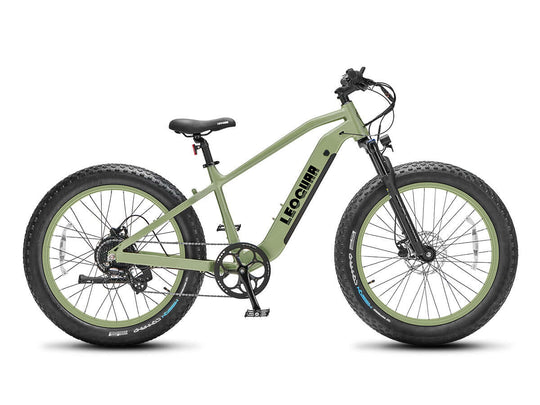
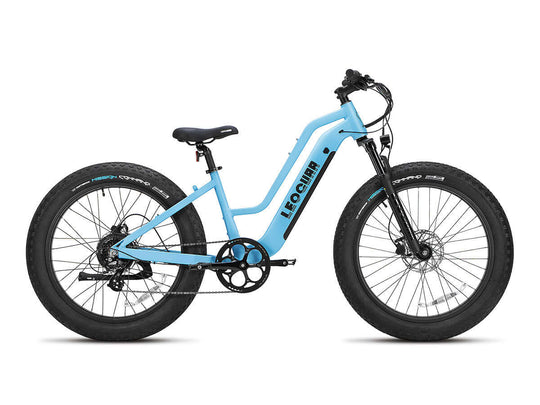
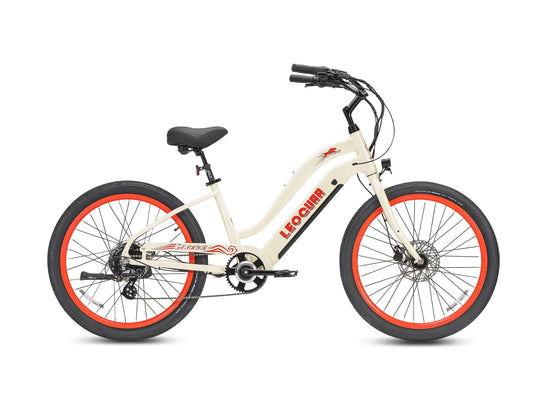
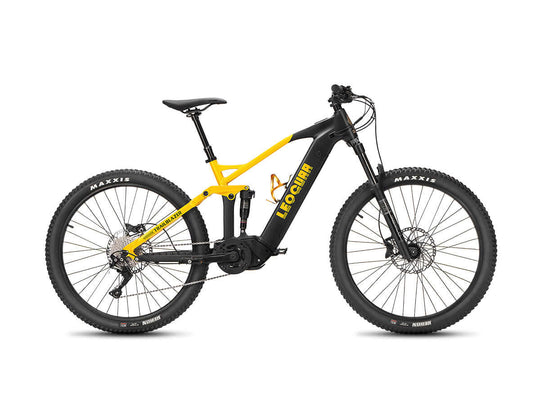
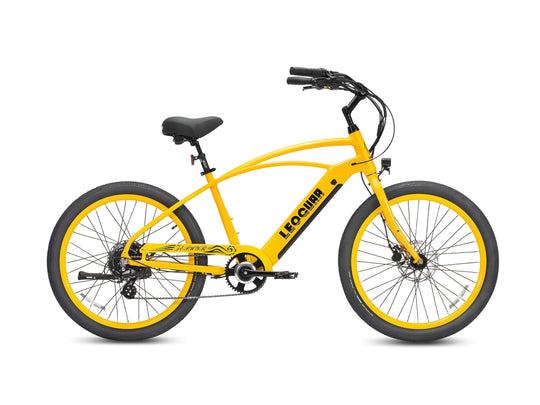
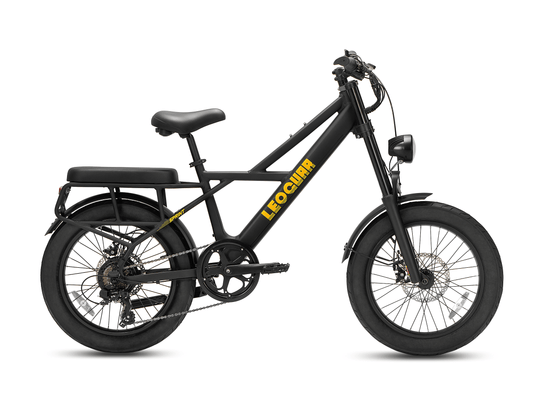
















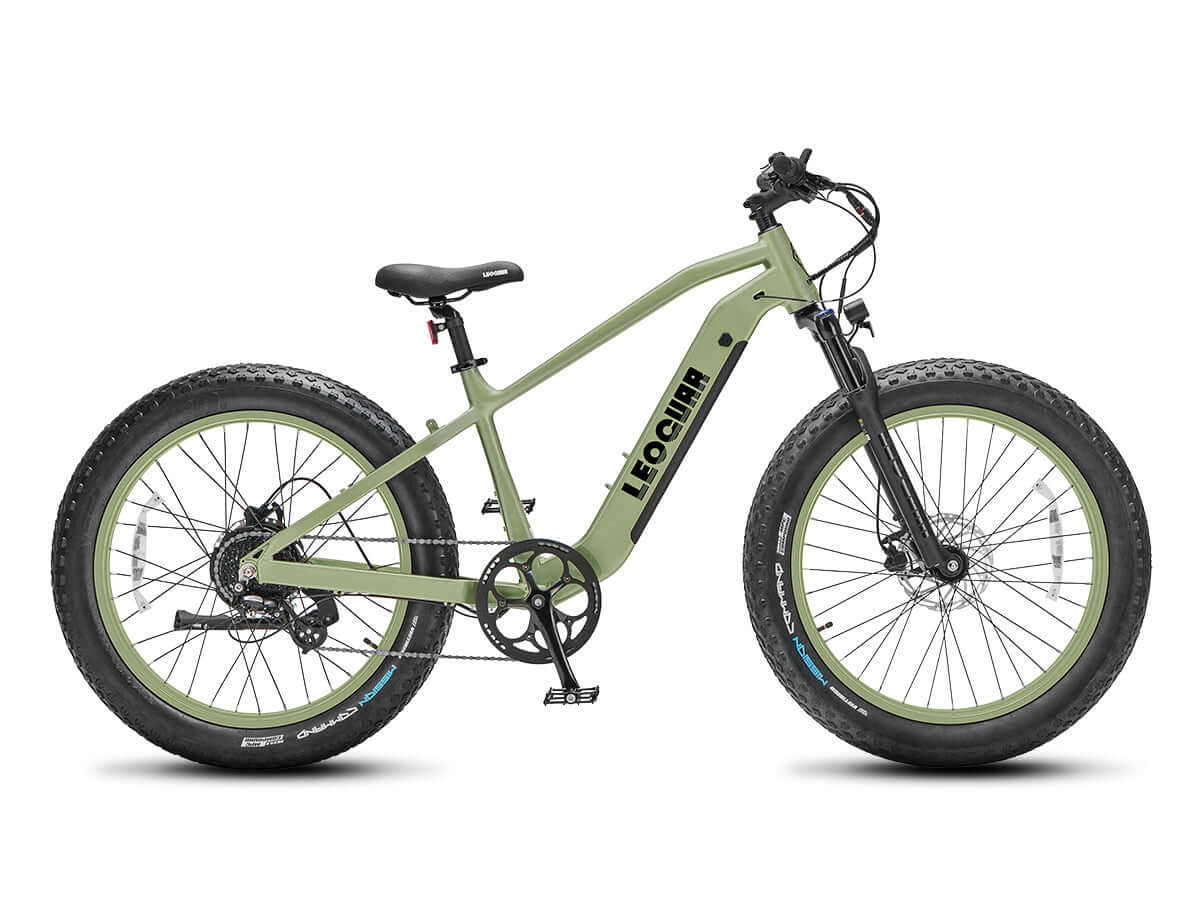








Leave a comment